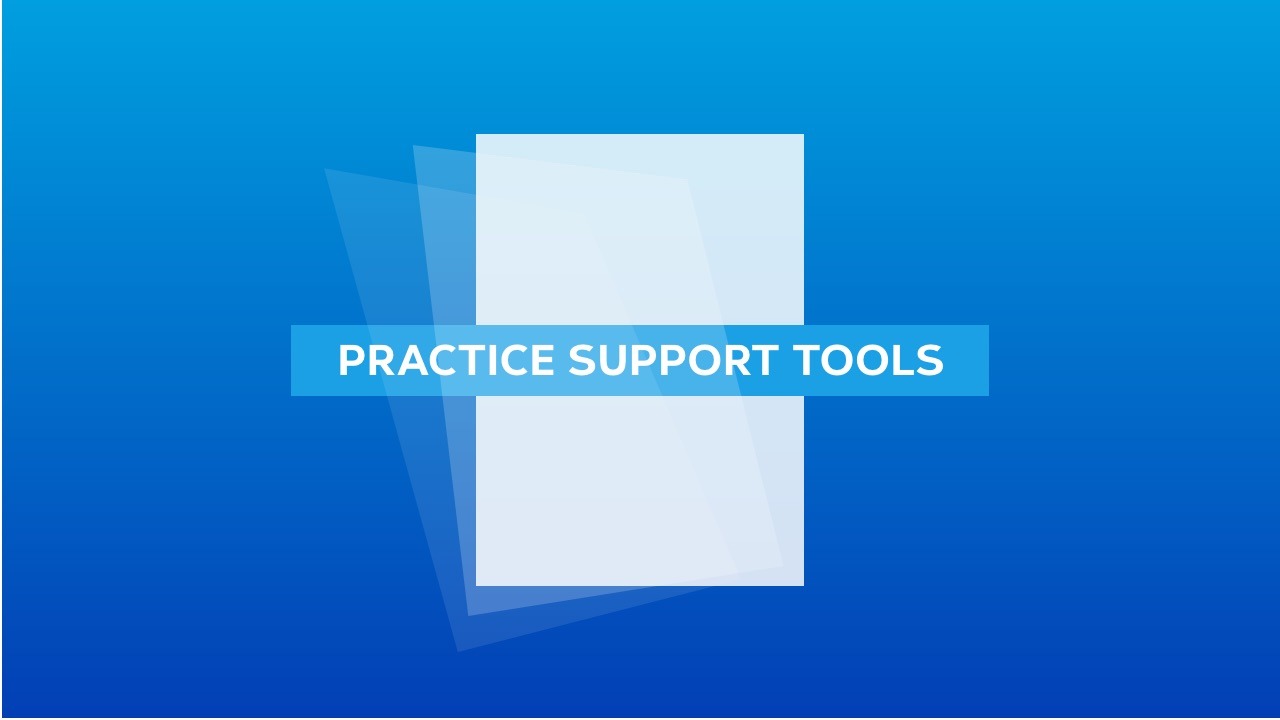
Since the June 24, 2016, launch of the Ontario Naloxone Program for Pharmacies, OPA has received numerous inquiries about naloxone and the dispensing of naloxone kits.
Below are some of the frequently asked questions, however this is not a comprehensive list.
Should members have additional questions, they are encouraged to forward their questions to OPA’s Practice Support Network by email at [email protected].
Since naloxone is a Schedule II product, all pharmacies and pharmacists are enabled to dispense naloxone via the ONPP (and subject to patient eligibility) and there is no mandated requirement for formal training since there is no specific mandated training for any Schedule II product (e.g., OTC codeine). That said, OPA very strongly recommends that all pharmacists take the free online program developed by OPA. As is expected for the dispensing of all Schedule II products, the pharmacist must be involved in the naloxone dispensing transaction and must provide information and, if necessary, guidance on the safe and appropriate use of the product. As an example, instances of overdose with a stimulant would not warrant the use of a take-home naloxone kit, and the pharmacist must inform the patient or agent of these instances (and others). As a standard of practice, and from the perspective of professional liability, this 30-minute program will prepare pharmacists with a lot of valuable information.
Pharmacies are encouraged to contact their usual suppliers to inquire about the availability of pre-assembled naloxone kits. If this is not available, pharmacies may need to purchase the component parts separately and assemble them for eventual dispensing. To assist members, the Association has developed a list of required items for naloxone kits as well as suggestions on where to purchase components if required.
Mandatory training to dispense naloxone kits is no longer a requirement for any pharmacist. However, from a professional liability perspective, it is very strongly advised. The free Naloxone online module developed by OPA provides basic information that can get you started with your patients.
The OPA recommends that pharmacies procure naloxone and the required supplies to assemble the naloxone kit through their usual suppliers. The emergency kit must be assembled by a pharmacist, or a person under the supervision of a pharmacist and contain the following items shown in the Naloxone kit Item List below.
Unlike injection training, there is no need to register your naloxone training. Competency in the dispensing of, and education regarding take-home naloxone is self-declared.
While there is no first aid training that is mandated for dispensing naloxone, maintaining first aid training is best practice for pharmacists regardless of the services they are providing. With many sick and ailing patients visiting pharmacies, there is a higher likelihood of a medical incident occurring in the pharmacy than in any other retail operation. It should also be noted that the management of an opioid overdose is largely about first aid. It is recommended that all pharmacists maintain first aid certification, as rescue breathing and/or chest compressions may be necessary alongside the administration of a naloxone injection. Your OPA membership benefits provide you with a discounted rate for first aid training through the Canadian Red Cross.
There are no additional professional liability insurance requirements for dispensing naloxone. The standard OPA professional liability insurance package suffices, but upgrades to professional liability insurance are available. For more information, contact OPA’s insurance department.
There are no additional professional liability insurance requirements for dispensing naloxone. The standard OPA professional liability insurance package suffices, but upgrades to professional liability insurance are available. For more information, contact OPA’s insurance department.
The changes to the ONPP became effective April 27, 2018 with the communication issued from the Executive Officer. However, the ministry does recognize that there will be a transition period for pharmacies to assemble and/or receive the revised kits and anticipate that the updated kits will be made available in the coming weeks. OPA recommends that where possible, pharmacies order new kits and/or update existing kits to include the revised instructional insert as well as a breathing barrier as soon as possible. Members may wish to refer to the Naloxone kit supplies list for guidance on the assembly of kits and the purchasing of various components if required.
Naloxone is a Schedule II drug product which is only to be dispensed from a pharmacy under the supervision of a pharmacist. The Ontario Pharmacists Association in no way supports or condones the dispensing of naloxone outside of a pharmacy. Similarly, OPA does not support the use of non-health professionals for training and teaching the public on the use of naloxone under the ONPP. These approaches are inappropriate, unprofessional and inconsistent with the Ministry of Health and Long-Term Care’s protocol and with pharmacists’ professional standards of practice.
OPA reminds its members that take-home naloxone kits and the counselling that participating pharmacists must provide through the ONPP are to be provided free-of-charge. In addition, members are reminded that the required counselling of a person seeking a naloxone kit is not an act that can be delegated to a non-pharmacist.
For a review of the standards of practice related to the dispensing of naloxone, please click here or visit the Ontario College of Pharmacists (OCP) website at www.ocpinfo.com.
Naloxone Kit Items List
| Each intra-nasal naloxone spray kit must include: | Each injectable naloxone kit must include: | ||
| (1) – Hard case | (1) – Hard case | ||
| (2) – Doses of Narcan® Nasal Spray (4 mg/0.1ml) | (2) – 1 ml ampoules or vials of naloxone hydrochloride 0.4 mg/ml injection | ||
| (1) – Rescue breathing barrier | (2) – Safety engineered syringes with 25g, 1″ needles attached | ||
| (1) – Pair of non-latex gloves | (2) – safe ampoule-opening devices (also known as breakers, snappers, or openers), as applicable | ||
| (1) – Card that identifies the person who is trained to give the naloxone | (1) – Rescue breathing barrier | ||
| (1) – Updated instructional insert (English) | OR (1) – Updated instructional insert (French) | (1) – Pair of non-latex gloves | |
| (1) – Card that identifies the person who is trained to give the naloxone | |||
| (1) – Updated instructional insert (English) | OR (1) – Updated instructional insert (French) | ||
| In addition, OPA recommends: | In addition, OPA recommends: | ||
| (1) – Belt clip | (1) – Belt clip | ||



